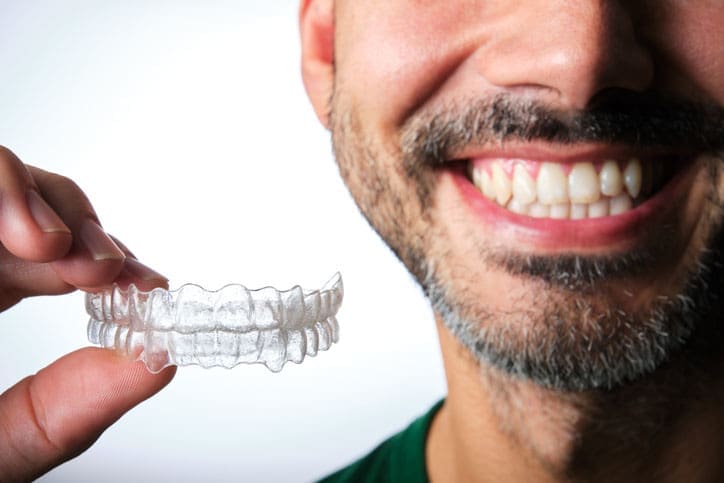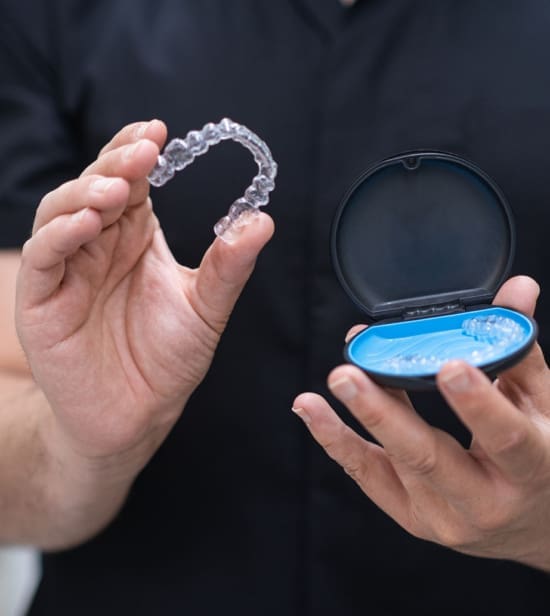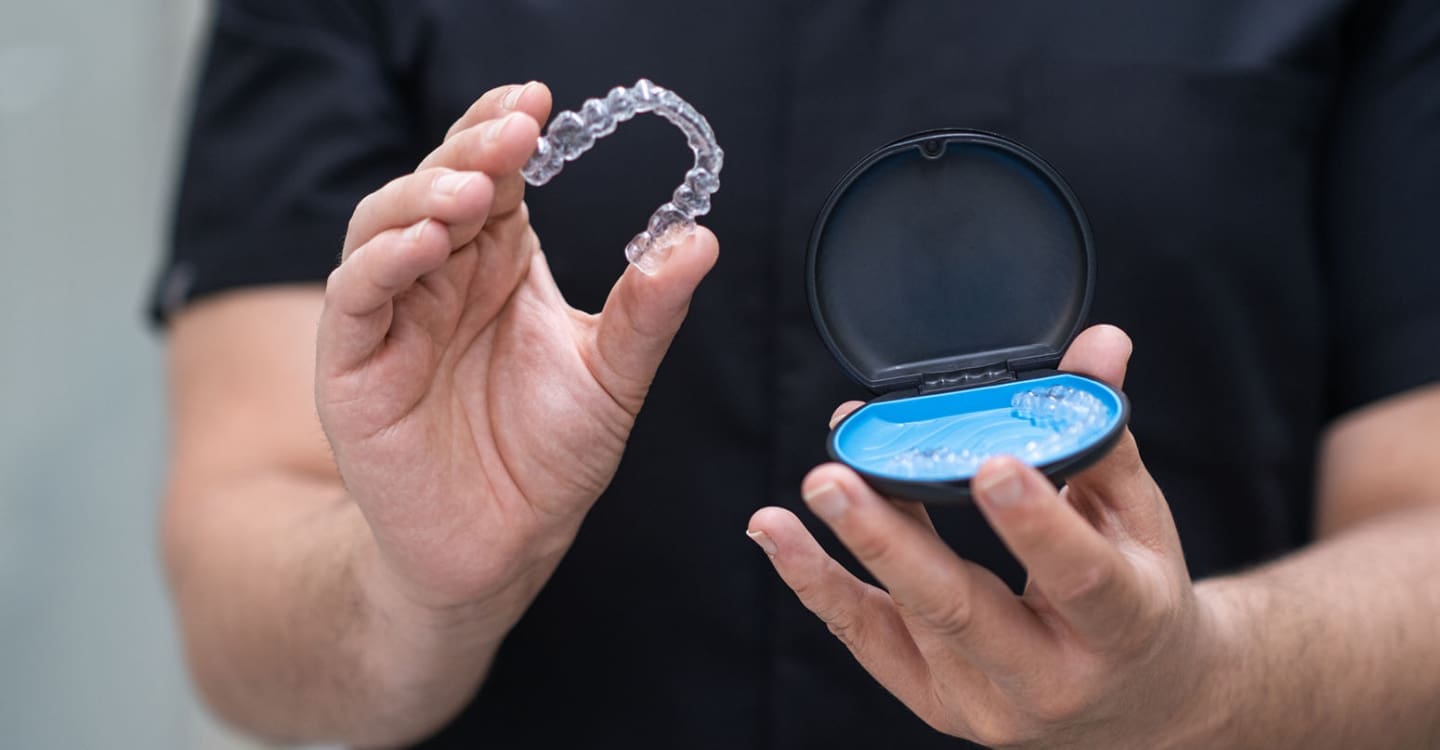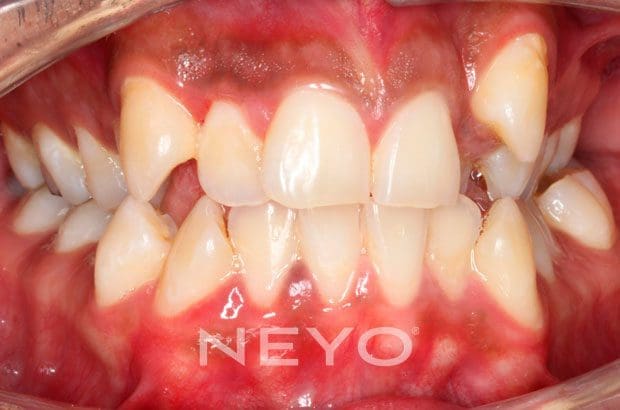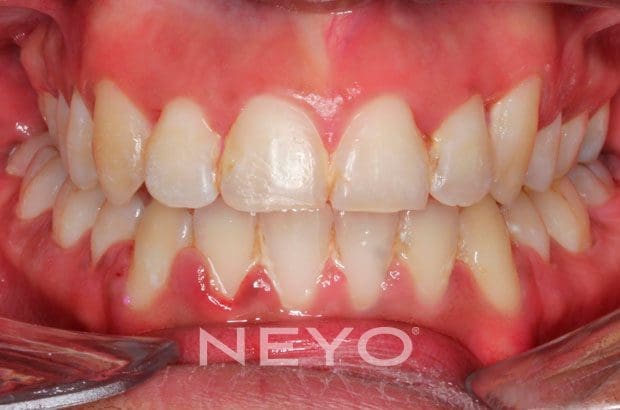30 years ago, it was rare for adults to have orthodontic treatment. Due to the appearance of the braces, and the stigma attached to them, treatment was generally reserved for children. This meant that adults were putting up with teeth they were embarrassed of, or unhappy with, which had an impact on a self-esteem and quality of life. Some would resort to extreme measures that involved irreversible enamel and dentine removal so that crowns or veneers could be placed.
There are now several options for adults when it comes to teeth straightening, including Invisalign clear aligners, clear ceramic braces, lingual braces, and metal braces. Although most conditions can be treated there are some significant differences in the way we must approach adult orthodontic treatment compared with equivalent treatments in children.
The first and most obvious difference is the fact the adults do not grow, and bone metabolism and blood supply are reduced in adults. This means that tooth movement may be a little slower in adults than children. Some treatment modalities that rely on growth (such as Twin Blocks or Forsus springs used for overbite correction) are not effective when used in adults. Another example is expansion of the palate. This is relatively straightforward in children as the suture running down the middle of the palate is not yet fully fused together, and the two halves of the upper jaw can be moved apart. In an adult expansion of the upper jaw would involve jaw surgery to separate the palate prior to any expansion.
Restorative dental work is cumulative and, as such, an adult is likely to have more fillings, crowns, veneers, missing teeth, root canal fillings and dental implants. Restored teeth can still be moved with braces but the treatment plan or choice of appliance may need to be modified slightly to compensate for work previously done on the teeth.
Periodontal disease or gum disease is rare in children but common in adults. If there has been a history of gum disease, orthodontic treatment is still possible if the disease has been stabilised and it is confirmed that it is no longer active. If there are signs that the gum disease may still be active, orthodontic treatment could be harmful and may accelerate the progress of the gum disease which may lead to tooth loss. Your orthodontic specialist at Neyo will perform a basic periodontal exam before starting your treatment and if there are any concerns you may be referred to a periodontist (gum specialist).
Another factor to consider with adults is that there may be more wear and tear off the teeth which may result in uneven edges. Sometimes the teeth will need composite bonding following the orthodontic treatment to restore them to that original shape and size. This is a very simple but effective way off perfecting your smile.
There may have also been a history of gum recession which unfortunately is irreversible. Once the teeth have been aligned there is sometimes a small space between the teeth where the gums have receded, known as ‘black triangles’. Your orthodontist may be able to recommend some techniques to reduce the size of these black triangles but sometimes it is impossible to eliminate them completely.
While metal braces are socially acceptable and well tolerated in most children, adults may have job roles, travel arrangements, weddings, and hobbies etc that may require a brace to be invisible, easily removable, less prone breakage, comfortable, or have limited effect on speech. Adult treatment plans must therefore be carefully designed and coordinated to fit around an adult’s work, lifestyle and commitments.
There are additional factors that might influence an adult ‘s orthodontic treatment plan such as illnesses, certain medications, or pregnancy. All of these will be considered when you meet your orthodontist for a consultation and may influence the choice of appliance all the timing of the treatment.
